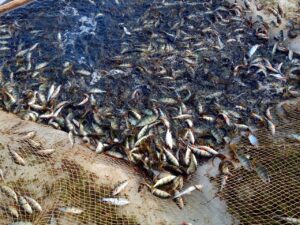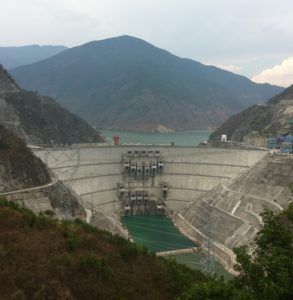This essay is part of a series by leaders and members of ACRE on efforts to increase climate resilience. Views expressed are the author’s.
It’s hard to imagine how we build climate resilient infrastructure without engineers. Engineers design, build, and operate nearly everything – the structures and systems we all need to live, travel, communicate and thrive. And that built environment is a major factor in either worsening climate change or mitigating climate change, in either creating extreme weather vulnerabilities or adapting to them.
We are the world’s problem solvers, but we are also aware that we could never do it alone. Therefore, we make alliances where we can innovate in practical ways, create mass adoption, and scale those innovations to communities around the globe. ACRE includes all vested players – investors, insurers, engineers, owners, and operators – and therefore has the potential to accelerate both policy and practice to achieve climate resilience.
At the American Society of Civil Engineers (ASCE), we focus on three ways engineers contribute to sustainability and climate resilience. First, we encourage developers to conduct infrastructure vulnerability assessments which can reduce the risks before disaster strikes. But this kind of activity also helps the entire community, and every social ecosystem in it, build a secure, safe, and equitable quality of life. And it prepares us for faster emergency response and faster, less costly recovery operations.
Secondly, ASCE is finalizing a “first of its kind” sustainability standard that can be used in infrastructure design and development around the world. Like ASCE’s other notable engineering standards, ASCE-73 has been vetted by the global engineering community through a very rigorous process. We recognize that without this standard, no infrastructure owner can confidently build knowing that they have demonstrated adherence to the recognized tenets of sustainable and resilient infrastructure.
Thirdly, we are focused on shaping our built assets for the long-term. Much of our infrastructure is designed to last 50 to 100 years or more. And yet, few people examine how society will benefit from those assets 100 years from now.
To do that better, we embarked on a project called Future World Vision. Future World Vision looks at the current and future societal impact of massive changes to our built environment using an immersive, 3D digital model of a city as it evolves from 2020 to 2070.
We’ve created a virtual future city with both the dangers of climate change and potential improvements considered – examined as one of a series of interconnected technological, demographic, and environmental phenomena to determine the likely cultural, social, medical, political, and ethical outcomes. We can’t predict exactly what changes are going to occur, and how fast they will occur. Instead, Future World Vision is designed to make us more innovative and collaborative using a common visual language so all vested parties can create the outcomes we desire.
Civil engineers in 177 countries look to ASCE for the globally accepted tools, guidelines, and standards they need to design everything from the simplest highway to the most complex water system or the tallest skyscraper. ASCE brings that committed network to our partnerships in our mutual mission to serve communities around the world with sustainable built environments that are climate resilient.



